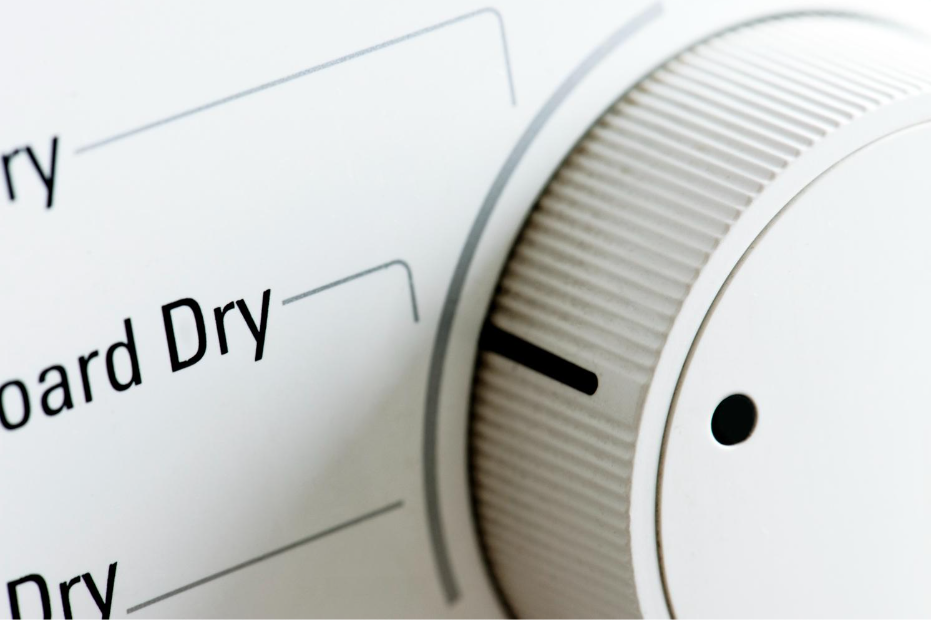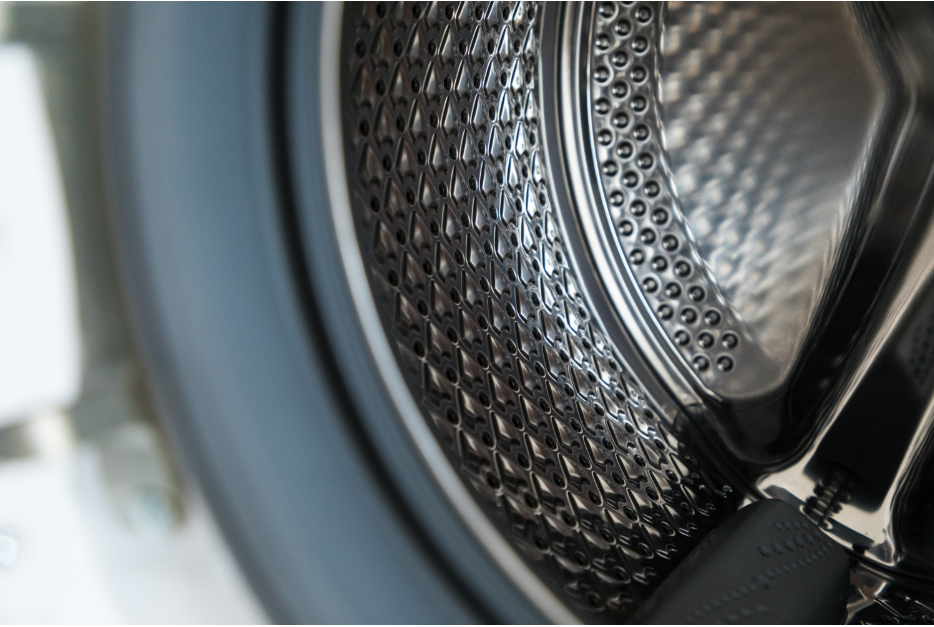No matter how regularly you clean your dryer’s filter, you must remember to clean your dryer vent too. Not cleaning the dryer vent decreases the machine’s performance, which increases your home’s energy costs. More importantly, a clogged dryer vent can lead to a fire. Household dryers are the reason for thousands of household fires each year.
Rest assured, even if you’ve never faced this home maintenance task before, this step-by-step guide will teach you how to clean your dryer vent. This is important for optimal performance and safety. Use these tips if you have any dryer vent problems.

Source: freepik.com
How do you test if your dryer vent is clogged?
Efficient drying requires a clean dryer vent because a dirty one prolongs the drying time. If your laundry load is taking multiple cycles to dry entirely, it indicates that the dryer vents are most likely clogged.
Once you clear the blockage, your laundry should dry in a single cycle. Proper dryer maintenance will also extend its lifespan, and not paying attention to it can result in a faulty dryer, leading to increased electricity bills. Essentially, a dirty dryer may increase your energy bill.
If you have a dryer with a vent, your appliance should be installed near an external one. The hot and humid air that is produced will be extracted through this ventilation grill. The ventilation grill must be free of obstructions for safety and for proper drying performance. Here are a few warning signs that your dryer vent is clogged.
Has the drying time increased?
If there is a clog in the dryer vent, your clothes will take longer to dry. Check the user manual to see if the drying time is longer than expected.
Are the appliances or clothes hotter than usual?
If the dryer or clothes are hot to the touch, the vent cannot extract the hot air properly. In this case, the heat will remain in the dryer, making the clothes and appliance hotter than usual.
Is there any steam inside the dryer?
Steam is generated from the hot and humid air inside the dryer, which should be effectively removed if the dryer vent is not clogged. After a cycle, you can inspect the door, screen, and inside of the dryer for any signs of condensation. If you notice any steam coming out, it’s advisable to investigate whether the dryer vent is blocked.
Are there any water leaks?
If you see moisture in the dryer vent, it’s possible to find puddles around or behind the dryer or inside the vent. If you see any, check the dryer pipe and vent for clogs.
Are there lint or fibers in the lint filter?
If your dryer vent is clogged with lint, that will keep the air from moving freely. If you notice that your dryer is not working properly and your clothes are moist, this is an indication that your dryer vent needs cleaning.
Will a dryer shut off if the vent is clogged?
When the vent is clogged, the dryer will shut itself off. That means it is overheating because of the lint build-up. An overheated dryer is a fire hazard, but the system shut off in response to the overheating helps prevent a fire from starting.
How do I know if my dryer vent has lint build-up?
Is the outside dryer vent flap not opening correctly when the dryer is running? Lint build-up can restrict airflow through the dryer hose and the outside vent opening, causing the flap not to open like it’s designed to. In that case, you might have a clogged dryer duct.
Also, remember to check the area around the dryer vent for any lint build-up. If you find a significant amount of lint around the vent, it’s an indication that the inside of the vent is likely in the process of lint clogging.

Source: freepik.com
Professional clogged dryer vent cleaning – the best option
The safety of your home and family is the biggest advantage of having a clean dryer. It’s important that you don’t wait too long to clean your vents and create a fire hazard. Your dryer will function as it should and keep your family safe if you do the necessary maintenance.
There are some residues that you will not be able to remove on your own. Since you probably lack the equipment and knowledge that professional vent cleaners possess, you won’t be able to completely remove all of the dirt and obstructions from your vents.
While you can do a good job of cleaning your dryer vents yourself, you should always hire a professional when it comes to major cleaning. Vent cleaning is a complex task best left to the experts. They have years of experience cleaning dryer vents and have the necessary equipment, training, and expertise.
Here are the steps:
- The technician will locate and take off the dryer’s exterior cover first.
- Then, to remove any material from the vent, the expert will use the snake brush to scrape off any obstructions attached to the vent’s walls.
- The technician will take particular care to ensure that everything inside is vacuumed up because these areas of the vent build up dirt more quickly than others.
- Sometimes after cleaning your dryer vent, experts may additionally run a diagnostic test.
- Using this test, you can determine the vent’s pressure, the volume of gas entering your home, and whether the vent is damaged.
However, not all dryer vent cleanings include this. The majority of cleanup procedures include scraping and sweeping material from the vent.

Source: freepik.com
Companies like SkySWC own specialized equipment designed specifically for cleaning various dryer vents. Using them, accumulated lint and debris can be removed efficiently and effectively. This process restores normal airflow, increases efficiency, and ensures the safe operation of the dryer.
With their extensive experience and professional-grade tools, SkySWC can perform thorough inspections and cleanings with minimal risk to health and property. Among the tools utilized by the company’s teams are hose attachments and vacuum cleaners. They’re specifically designed for the successful and comprehensive cleaning of different types of dryer vents.


